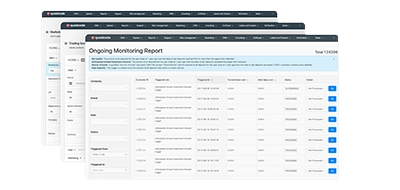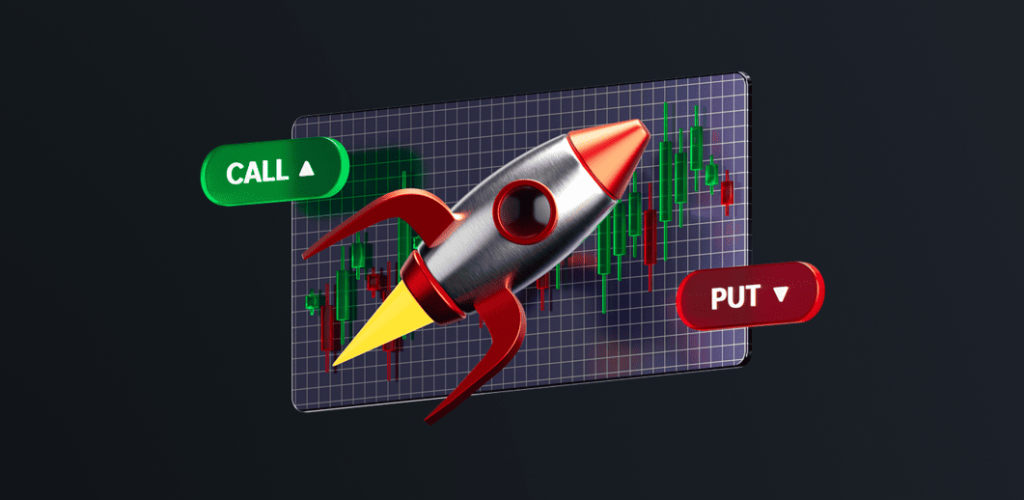White label brokerage platform tailored to your brand. Start your own brokerage with fully customisable solutions in just 2 weeks.
Cutting edge UI and seamless trading experience meet each other in our white label trading platform primed for your own brokerage brand.

White Label
19 December, 2025
12 min read
Top 10 White Label Casino Providers 2026
A white label casino is a ready-made online gambling platform that lets entrepreneurs start their own brand without building technology or securing licenses from scratch. In 2026, this model remains the fastest and most affordable way to enter the iGaming market. The leading white label casino providers in 2026 are SoftSwiss, BetConstruct, NuxGame, SoftGamings, FintechFuel, […]

Business
8 December, 2025
10 min read
How to Create an Online Casino Platform in 2026
The online casino market reached $19 billion in 2024 and, therefore, will present a massive opportunity for business owners in 2026. More than 60% of online gamblers now prefer mobile options to access digital gambling platforms, which can be attributed to increased internet and mobile use. Moreover, experts forecast a 12.2% annual growth through 2030, […]

Brokerage Business
11 November, 2025
15 min read
How to Start a Forex Business in 2026?
Entering the business of forex in 2026 is a challenge and an opportunity. The market is expanding fast driven by technology-facilitated trading, new regulations and rising global participation. Competition has never been more intense and to survive, one requires more than a license and a platform. This guide explores establishing a modern brokerage from scratch. […]









